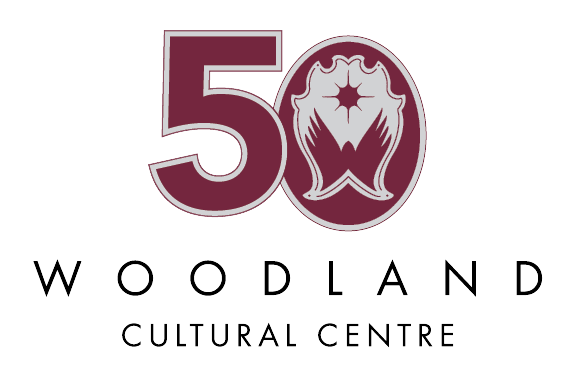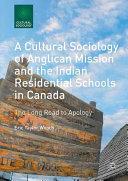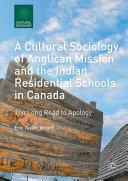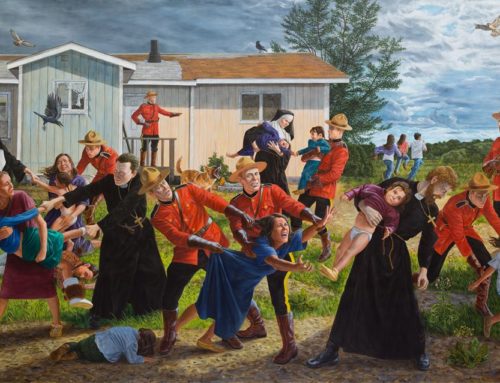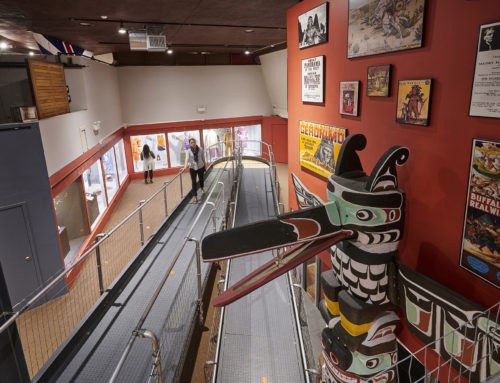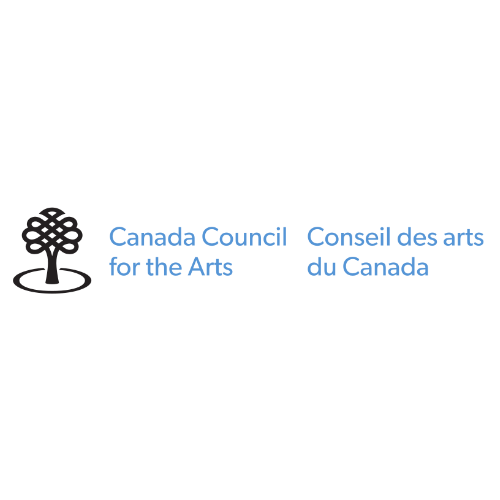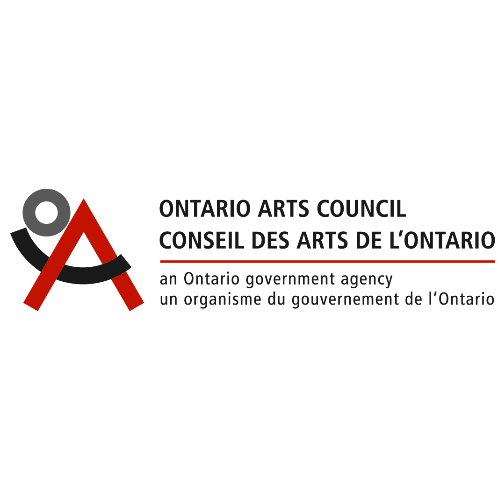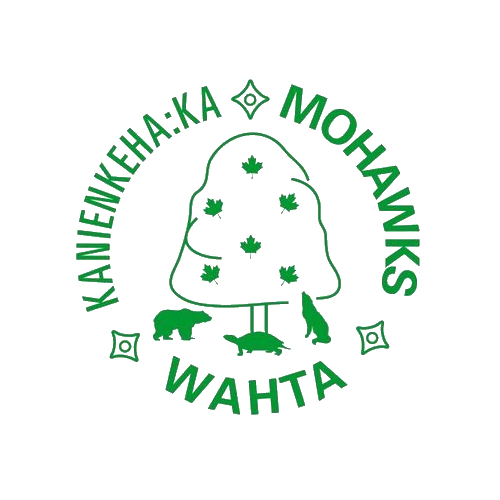Here are just a few of the new books that are now in the Woodland Cultural Centre Resource Library! For more information about the library including hours, please click here.
Woods, Eric Taylor. A Cultural Sociology of Anglican Mission and the Indian Residential Schools in Canada, (2016). This book is an extensive history of the Anglican Church’s involvement in the Indian residential school system in Canada. However, the purpose of the book seems to be that “allowances should also be made for the representation of the voices of the defenders of the residential schools; those former staff members and retired priests who feel they are now being unfairly represented as the perpetrators of evil. …the inclusion of their voices might better help the process of healing and reconciliation. … The purpose of including those meanings would not have been to merely ensure that ‘two sides’ are being heard in an effort to get an ostensibly full account of the truth, but to enable healing and reconciliation.” Terms like “cultural trauma of the perpetrators” come into play, as well as the meaning of the apologies.
Hill, W. Barry. St. Paul’s H.M. Royal Chapel of the Mohawk erected 1785: the Chapel’s Place in Six Nations History 1710-2016, (2016). The history of the Mohawk Chapel is closely tied in with the origins and financing of the Mohawk Institute . This book gives insight into the history of the Six Nations through the stained glass windows and chronology provided.
Metcalfe-Chenail, Danielle (editor). In This Together: Fifteen Stories of Truth and Reconciliation, (2016). Included in the book is a conversation between the Honourable Justice Murray Sinclair and CBC Host and honorary TRC witness Shelagh Rogers. Murray Sinclair tells the story “When Confederation occurred, the original peoples of this country didn’t oppose it, didn’t fight against it. They were prepared to work with it… They had friendships that were formed, partnerships that were created – economic, military, and otherwise – that allowed them to believe that they could move forward with Canada into the future… Yet Canada chose to betray that loyalty, that partnership, that relationship, by trying through legislation (it was basically war through law) to subjugate them, to assimilate them, to wipe them out as a distinct people… People coming to this country now think that before 1867 there was nothing, but in reality there was this rich, vibrant economy, political system, military system in those years and going back to the beginning of time.”
Lux, Maureen K. Separate Beds: A History of Indian Hospitals in Canada, 1920s-1980s, (2016). “Separate Beds is the shocking story of Canada’s system of segregated health care… rife with coercion and medical experimentation. Established to keep the Aboriginal tuberculosis population isolated, they became a means of ensuring that other Canadians need not share access to modern hospitals with Aboriginal patients.” “At the Lady Willingdon Hospital on the Six Nations reserve unlicensed physicians created dangerous situations for patients… The long-serving superintendent, Dr. Walter Davis.. stayed thirty-five years until his retirement in 1950… the doctor often advised patients to combine Indigenous and Western medicine… The stability of Davis’s tenure ended abruptly as no less than twenty-nine different physicians served the reserve in the next sixteen years.”
Burich, Keith R. The Thomas Indian School and the “Irredeemable” Children of New York, (2016). “The purpose (of Indian boarding schools) was to produce a self-perpetuating subjugation by dividing Indians against themselves, cultivating among them a hatred of themselves as Indians and coercing them to reject their Native identity, culture and heritage. Nowhere were these insidious and malignant effects more visible than at the Thomas Indian School on the Cattaraugus Seneca Reservation in western New York… federal boarding schools were founded on the principles and methods that had been hammered out at missionary schools over the course of more than two centuries… for its first fifty years (the Thomas Indian School) was an orphanage in both name and mission. (The Thomas Asylum for Orphan and Destitute Indian Children)” “Burich’s book fills a glaring gap in the fields of Indian education and Haudenosaunee history. –Holly Rine, associate professor of history, Le Moyne College.” In Canada orphaned and destitute Indian children were all sent to residential schools until the Sixties Scoop when they were adopted out, primarily to non-Native homes.
Stonechild, Blair. The Knowledge Seeker: Embracing Indigenous Spirituality, (2016). Blair Stonechild shares his journey through the educational system – from attending residential school to earning a PhD to being a founder of the First Nations University of Canada… He delves into the philosophy of his people’s teachings and laws, describes the significance of ceremonies, and comes to better understand the proper relationship with all created beings.
Arts of Engagement: Taking Aesthetic Action in and Beyond the Truth and Reconciliation Commission, (2016). This book focuses on the role that music, film, visual art, and Indigenous cultural practices play in and beyond Canada’s Truth and Reconciliation Commission on Residential Schools. (Book Jacket) Paquette, Jerald E. First Nations education policy in Canada progress or gridlock? (2010) This book clearly articulates an alternative to the current system of First Nations education, which is riddled with problems.
Robbertson, Robbie. Testimony: A Memoir, (2016). Robbie Robertson employs his unique storyteller’s voice to weave together the journey that led him to some of the most pivotal events in music history.
McCarthy, Theresa. In Divided Unity: Haudenosaunee reclamation at Grand River, (2016). Theresa McCarthy critiques settler colonial narratives of Haudenosaunee decline used to rationalize land theft and political subjugation. In particular, McCarthy illustrates that current efforts to discredit the reclamation continue to draw on the flawed characterizations of Haudenosaunee tradition, factionalism, and “failed” self-government popularized by conventional scholarship about the Iroquois. Countering these narratives of decline and failure, McCarthy argues that the 2006 reclamation ushered in an era of profound intellectual and political resurgence at Six Nations, propelled by the contributions of Haudenosaunee women.
Jamieson, Keith. Dr. Oronhyatekha: Security, Justice, and Equality, (2016). Dr. Oronhyatekha (“Burning Sky”), born in the Mohawk nation on the Six Nations of the Grand River territory in 1841, led an extraordinary life, rising to prominence in medicine, sports, politics, fraternalism, and business. He was one of the first Indigenous physicians in Canada, the first to attend Oxford University, a Grand River representative to the Prince of Wales during the 1860 royal tour, a Wimbledon rifle champion, the chairman of the Grand General Indian Council of Ontario, and Grand Templar of the International Order of Good Templars.
